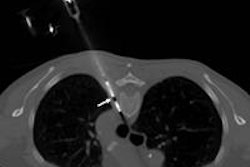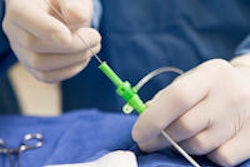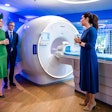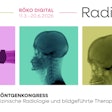The Haute Association de Santé (HAS) in France has published a short "toolkit" report on ways to improve monitoring of patients who undergo interventional radiology and teleradiology procedures.
Following up on interventional safety guidelines created in 2012, the report notes the frequency of such procedures: more than 45,000 procedures performed in 2010 by radiologists, and more than 400,000 by cardiologists. Interventional and teleradiology procedures allow for faster recovery times and less invasiveness, but the quality of monitoring has been criticized as needing improvement.
According to the authors of the HAS document, "Beyond the immediate risks owing to the invasive nature of the act, the practitioner also faces other risks: as the risk of infection or the risk associated with the use of ionizing radiation, stochastic effects in the medium or long term, independent dose and deterministic effects in the short or medium term, and dose-dependent lesions."
The 2012 guidelines addressed practice procedures and radiation, as well as certification of the facilities that perform the procedures, they stated. A companion guide, "Improving patient monitoring in interventional radiology" outlines ways to reduce the risk of deterministic effects of radiation in particular, focusing on evaluation of the patient monitoring process. The recommendations emphasize the need for specific monitoring based on:
- Patient education before release on the need for monitoring
- Physician disclosures on signs to watch for
- Systematic monitoring at three months and consultation with dermatology as needed
- Accounting for significant pain that could justify intervention from a pain center.
Reviews of patient's skin must be conducted before release and at follow-up. Radiation doses must be monitored throughout the procedure and adjustments made as needed. At follow-up physicians must be watchful for signs of skin necrosis, mindful of the potential need for pain management, and provide extra vigilance for riskier procedures. The HAS article, in French, is available here.



















